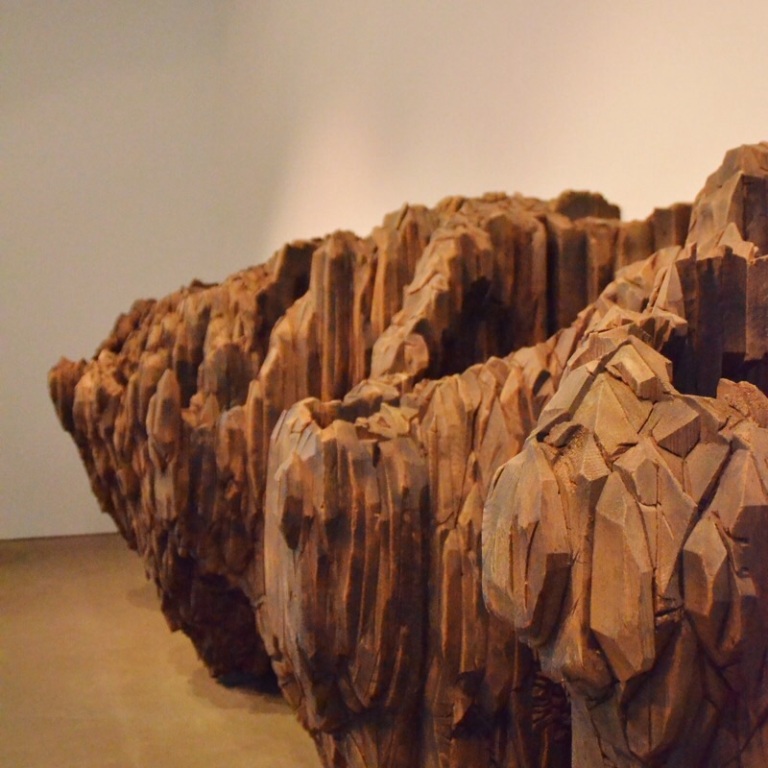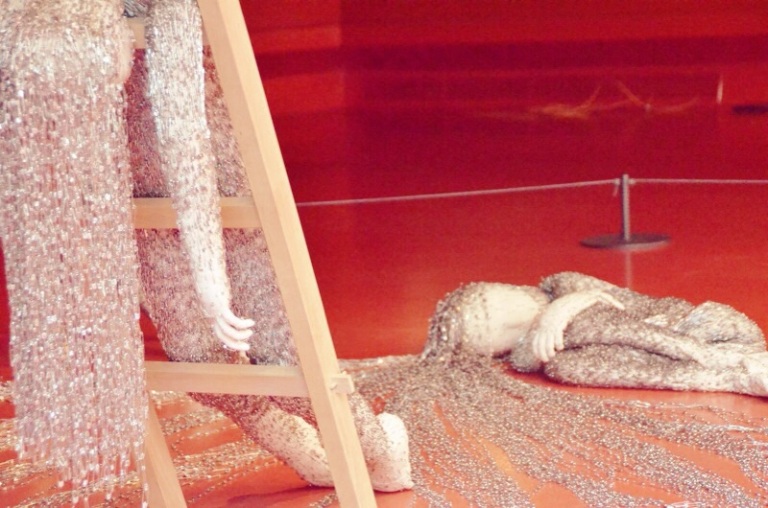I went into the Guardian Masterclass ‘How to be Art/Culture Critic’ wanting to learn a bit more about expressing my thoughts on arts such as theatre and contemporary art beyond saying ‘I like it’ or ‘I enjoyed it’. I know there is nothing wrong with that, but as a marketing professional, I know that is just not good enough. Why do I like it? or why do I enjoy it? Or more to the point, for writing a blog update, why would anyone else enjoy it, or what value would anyone find in the pieces I have experienced? How best to portray this in writing that does not put people off enjoying art and culture?
First of all,
art in general comes to us with a barrier. A barrier that comes from the commonly perceived idea of:
You need to know a lot and have read a lot about art, for the meaning and value you attached to it to be ‘worthy’. You can’t have anything to say about art unless you are a well versed critic.
That quite a lot of people then think
Art is too highbrow and therefore not for me. It is only for certain people.
Lynn Gardner, the first speaker, a very well regarded critic and reviewer on theatre and performance art (if you don’t know of her already), said that this was because back in the days, critic would have the last say on a piece of work. People relied on critics to tell them what they think about a piece of art, therefore held only a few people in the post of authority in arts.
This, she thinks, should no longer be the case. The appearance of the internet and blogging have allowed everyone to have a say about the arts, and therefore allowing more people to engage with art. While one critic might not like a piece of work, 10 bloggers might like it and be in support of the work. This could encourage artists and theatre companies to develop their work more or take it to a different angle. That is why this world has never been so exciting and full of different approaches in presenting work in the arts.
Her essential tip is to make your writing personal. Include your point of view, what you relate the work to, what your cultural references are. Because in doing so it makes it much more interesting for people to read and maybe even affect the progress of art itself.
‘Be honest, it is your personal response!’
Secondly,
the first barrier is increased by the language people use to describe the work, whether they are critics, curators or the artist themselves. The work of artists can be quite abstract, especially in contemporary art. Often, the writing that comes with the piece, in the guide or in interpretation labels, are equally vague and can be inaccessible for ordinary people.
To me it is important that Arts and Culture should be as open as possible to everyone, so that more people can relate and engage with pieces of work.
The second speaker, Gilda Williams, acknowledged this by presenting us with a range of Bad Writing about Contemporary Art and examples of good ones or what it could be. Gilda is a contemporary arts critic who writes for renown arts magazines and a lecturer at University of London,
The sort of things that make writing less accessible are when the writer uses abstract nouns on top of each other, or uses superfluous language without presenting any real meaning or even doing justice to the pieces of work they are writing about. She calls this Purple Prose.
I didn’t write down her examples of bad writing, but here are are some first sentences I found from my collection of exhibition booklets:
The artist’s work investigates alchemical and metaphysical transformations of ideas, actions and materials, organically involve an element of surprise.
Artist’s abstract paintings are explorations into colour, texture and mark making.
Artist defamiliarizes everyday objects by manipulating their proportions, altering their materiality and texture, or questioning our sense of their reality. Artistic creation is understood as something intermeshed with all kinds of cultural and social reflections.
I can honestly say that I receive this kind of writing in performing theatre too. In marketing and copywriting especially for the web, the first sentence and paragraph is fundamental , it should grab people’s attention, it should really capture their interest so they read on.
Does this writing do this to you? It actually puts me off reading it further, how about you? Is this what the artist wants out of their work?
I took out the artist names from those three sentences, and they are about three different pieces from three different artists. But as Gilda pointed out, some of the writing is so abstract that it might as well be copy pasted and used on other pieces of work, it will mean or not mean the same.
Insipid to lose all meaning
She said the best writing would be a clear observation: of what the work is, what it is trying to say, and how it connects to the world at large.
No meaningless talk.
She also said writers should do research on the subject, to give a bit of background of what the artist is trying to do or what their reason might be in presenting the work.
The final barrier between arts and people presented by writing is the sense of passing final judgement, like the early days of criticism. The third speaker, Ben Walker, made clear that you should have strong, supported arguments about what you are saying, and you should be prepared to be questioned on your points. He then said something very fundamental:
‘writing about art, is like art itself, it should extend discussions rather than putting it to an end’
I have come out of the course feeling invigorated and encouraged to write the way I see it and experience it, and learn even more about it.
What do you think about the writing we have in our industry? Do you think it is representative of the artist’s hard work?
Do you think its a good idea for everyone to be writing about arts and culture – not just the critics?
How would you describe this image?



This is helpful. Food for thought. I always try not to write/use unnecessary words. And always try & apply a ‘so what’ question to my blogging. if I can’t answer that question, I cut it.
LikeLike
Wow you are good! I find it really difficult to do so.
LikeLike